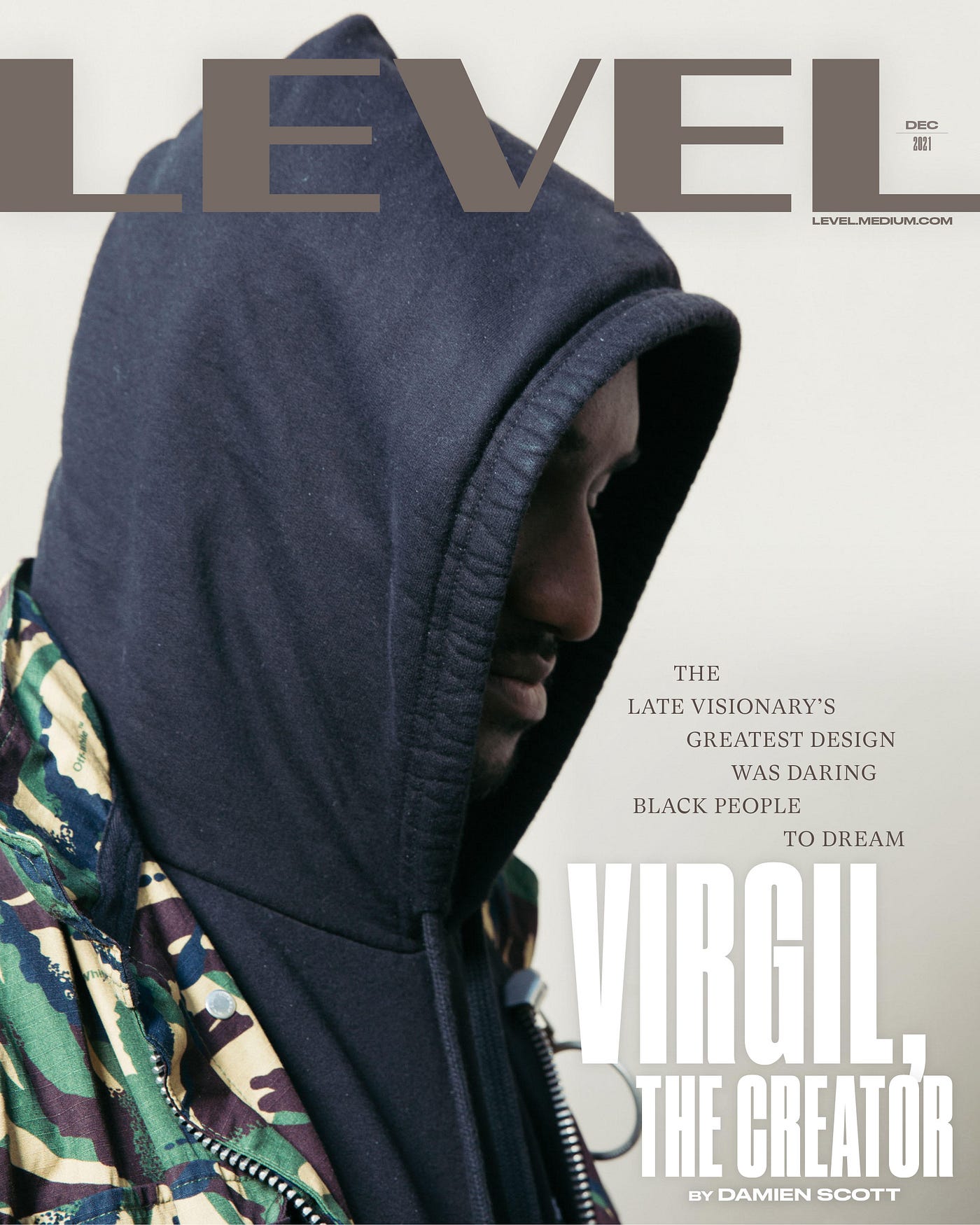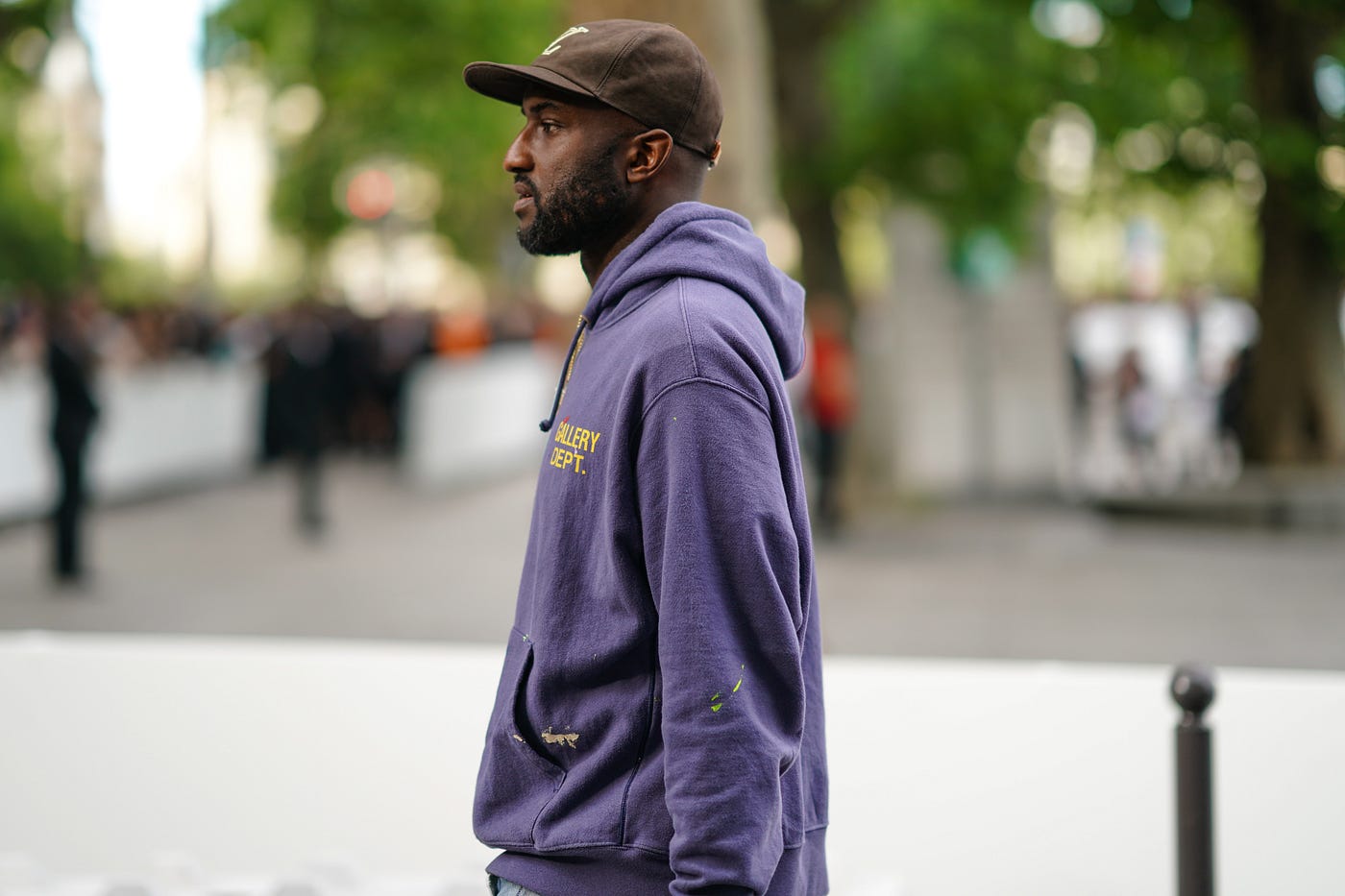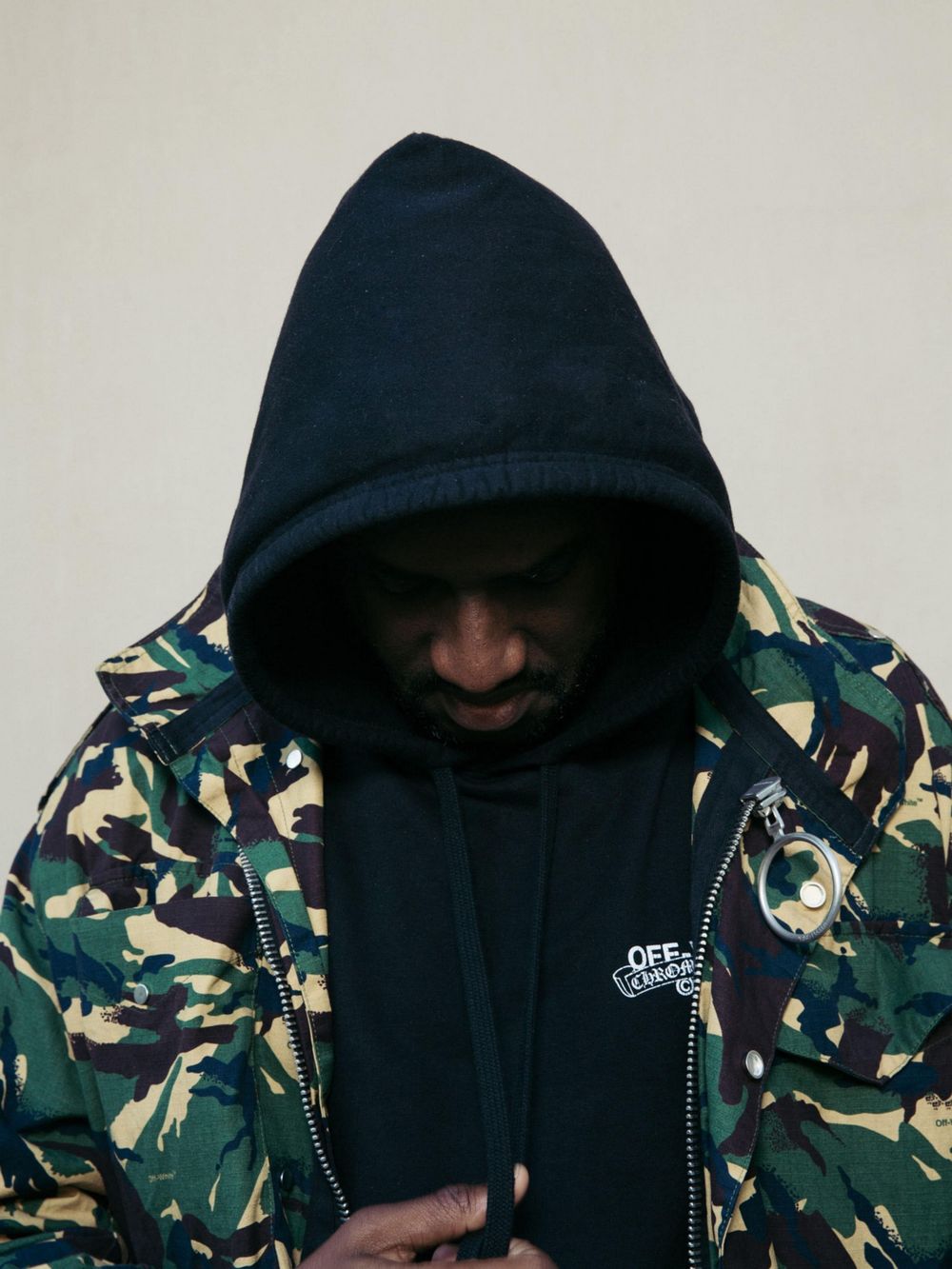In 1965, James Baldwin, writing for the New York Times, opined that “unless we can establish some kind of dialogue between those people who enjoy the American dream and those people who have not achieved it, we will be in terrible trouble.” In other words: Unless we figure out how every child who is dedicated and works hard can achieve their ambitions, we’re fucked. And, despite being penned more than 50 years ago, his words still hold weight today.
A 2020 YouGov poll saw that while just over half of U.S. adults believe the American dream is within reach, the percentage plummeted when you put the focus on African Americans. According to the findings, only 45 percent of Black Americans thought the American dream was something they could reach — with a meager 16 percent saying it was very attainable. And that’s after seeing the impossible become reality: Barack Obama’s election as the first Black president of the United States of America.
Yet and still, dreams persist. Dreams are precious. Dreams drive and motivate. And, when all else seems to dissipate, dreams sustain. Paramount to all of that, though — to the multi-hyphenate creative Virgil Abloh, who died last month of a rare cardiac cancer at age 41, dreams actually can be realized. Or, as he once put it: “Dreams come true when you don’t sleep.”
To rabid fans and casual observers alike, it seemed as if Virgil didn’t sleep. He was a global creative in the most literal sense, helming posts at companies headquartered on opposite sides of the world. It wasn’t unusual to see him post about taking a meeting with his Off-White design team in Milan, Italy, and then see photos posted by partygoers of him DJing in L.A. that same night. He lived like a true citizen of the world, but his heart was in the United States — specifically in Black America.
+

Born 90 minutes from Chicago, with good traffic, in the city of Rockford, Illinois, Virgil’s love for music and textiles took root at home thanks to his father’s record collection and his mother’s sewing machine. He studied civil engineering at the University of Wisconsin and then got a Masters of Architecture from the Illinois Institute of Technology. While at IIT, Virgil learned that the guy who designed one of the buildings on campus also worked with Prada. It sparked something inside of him — ignited a dream that he could do absolutely anything he wanted to do with the skills he was acquiring. He started printing T-shirts and launched a blog that acted as a public mood board and journal for all of the design and fashion bits he came across that stuck with him.
Those T-shirt designs landed Virgil a job at a local screen-printing store in Chicago. One day, Don C walked in and asked the owner if he knew of any designers who could help him and his friend Kanye West with a project they were working on. The owner recommended this new kid whose design files were so perfect they didn’t need any modification before being printed. Don met Virgil, vibed with him, and had him work on some stuff for Kanye. The rest is, well, you know the rest.
Virgil’s transformation from Kanye’s right-hand man to an iconic designer in his own right was a marvel to behold. While working as the creative director for Kanye’s amorphous design agency, DONDA, named after Ye’s late mother, Virgil was off turning his dreams into reality. He linked with a number of like-minded rappers, DJs, designers, creatives, and other people who just had good vibes and started Been Trill. He then moved on to his subversive streetwear brand, Pyrex Vision, in 2012. You may recognize it as the brand that took shirts from Ralph Lauren’s Rugby line, screen printed Pyrex on the back, and charged people a hefty premium for the opportunity to rock them. Some saw it — and him — as absurd. Others saw it as genius.
That became a motif throughout his career. For every person who lauded Virgil as a visionary, there was another who thought of him as a philistine. It didn’t help that he would say things like “design is the freshest scam.” Or that he’d speak about astoundingly lofty goals and ideas that made people’s eyes roll and jaws agape all at once. Virgil spoke as if he was dreaming for all of us. It didn’t matter if he had no experience doing the task in question. All that mattered was that he could envision it.
It was the conviction that Virgil’s dreams and visions were attainable that inspired a generation. He was a walking embodiment of “if you believe it, you can achieve it.”
His next project was the perfect example. Virgil was primarily known as the guy who worked for Kanye and made cool tees and hoodies and DJed parties you and your friends couldn’t get into unless Rihanna herself escorted you inside. So when he announced that he was going to launch a high fashion label — a brand that would feature women’s couture, no less — many, after once again collecting their jaws from the floor, laughed him off, not thinking the guy who was reselling Rugby shirts could create credible couture. But that didn’t sway him. Virgil went and hired some of the best people he could convince to take the ride with him, launched Off-White, and proved everyone wrong. Again.
It was the conviction that Virgil’s dreams and visions were attainable that inspired a generation. He was a walking embodiment of “if you believe it, you can achieve it.” Sure, the sneakers he made with Nike were insanely fire. Like, crazy fire. Up until that 2017 collection, christened “The Ten,” no one thought a designer who wasn’t employed by Nike could do what he did to some of the Swoosh brand’s most-prized models. Virgil deconstructed the 10 iconic models over which he was given free rein, rethinking the Jordan 1 and making the Presto way more than a utilitarian trainer. The sneakers were all exposed edges and new markings, Off-White text, and his signature orange tabs. They were more than sneakers; they were industrial art in the shape of footwear. For a kid who once dreamed of designing buildings and then subsequently fell in love with fashion, it made total sense.
But, really, what drew a legion of people of all ages to Virgil was the guy from which that conviction emanated: Virgil himself.
After his passing, countless people shared on social media stories of the times Virgil gave them a bit of advice or a compliment or even just a greeting. People posted screenshots of text messages and WhatsApp conversations — short and long — they had with him in which he encouraged and or thanked them. He was magnanimous on a galactic scale. Always buoyant and positive, as if he believed — genuinely believed — that we could all realize our dreams.
+

And he especially believed that for young Black creatives. After Virgil was named artistic director of menswear at Louis Vuitton, the first Black person to ascend to that position, he worked tirelessly to change the hue of the brand’s visual identity. He filled his fashion shows with Black men, often tapping some of his favorite rappers (Kid Cudi, Offset) to walk the runway. Virgil was intentional about creating commercial spots featuring dark-skinned Black boys. Away from the spotlight, he made sure to mentor as many Black creatives as possible, often hosting Zoom calls with HBCU students. When he was invited to host a panel at ComplexCon in 2018, he insisted on sharing the stage with some of his favorite young Black designers, some of whom had never been in front of that many people.
Virgil understood that we can’t wait for gatekeepers to kick off the conversation Baldwin alluded to all those years ago. That’s why he chose to rock brands founded by Black designers when he wasn’t rocking his own gear. When Virgil was doing press for his hiring at LV, he was often seen sporting a then up-and-coming L.A. brand known for repurposing vintage denim and flourishes of paint from the workshop of its owner and designer. Now, three years later, Gallery Department is damn near a household name to the who’s who in hip-hop — but it was Virgil who helped put the brand on front street. He was as concerned with making others’ dreams come true as he was his own.
Everyone will, of course, focus on the sneakers and the Louis Vuitton collections, but that’s only a portion of his legacy. On his personal website, Vigil built a section aptly named “Free Game.” There you’ll find a repository of what Virgil learned on his journey — everything from How to Build a Brand to How to Shoot a Lookbook and How to Obtain a Trademark. That’s the real work Virgil left behind: a blueprint for how to follow your dreams. How cool is that?
Damien Scott is former editor-in-chief & VP of content and development at Complex Networks. He’s currently president of Dreamville Ventures.

Comments
Leave a comment